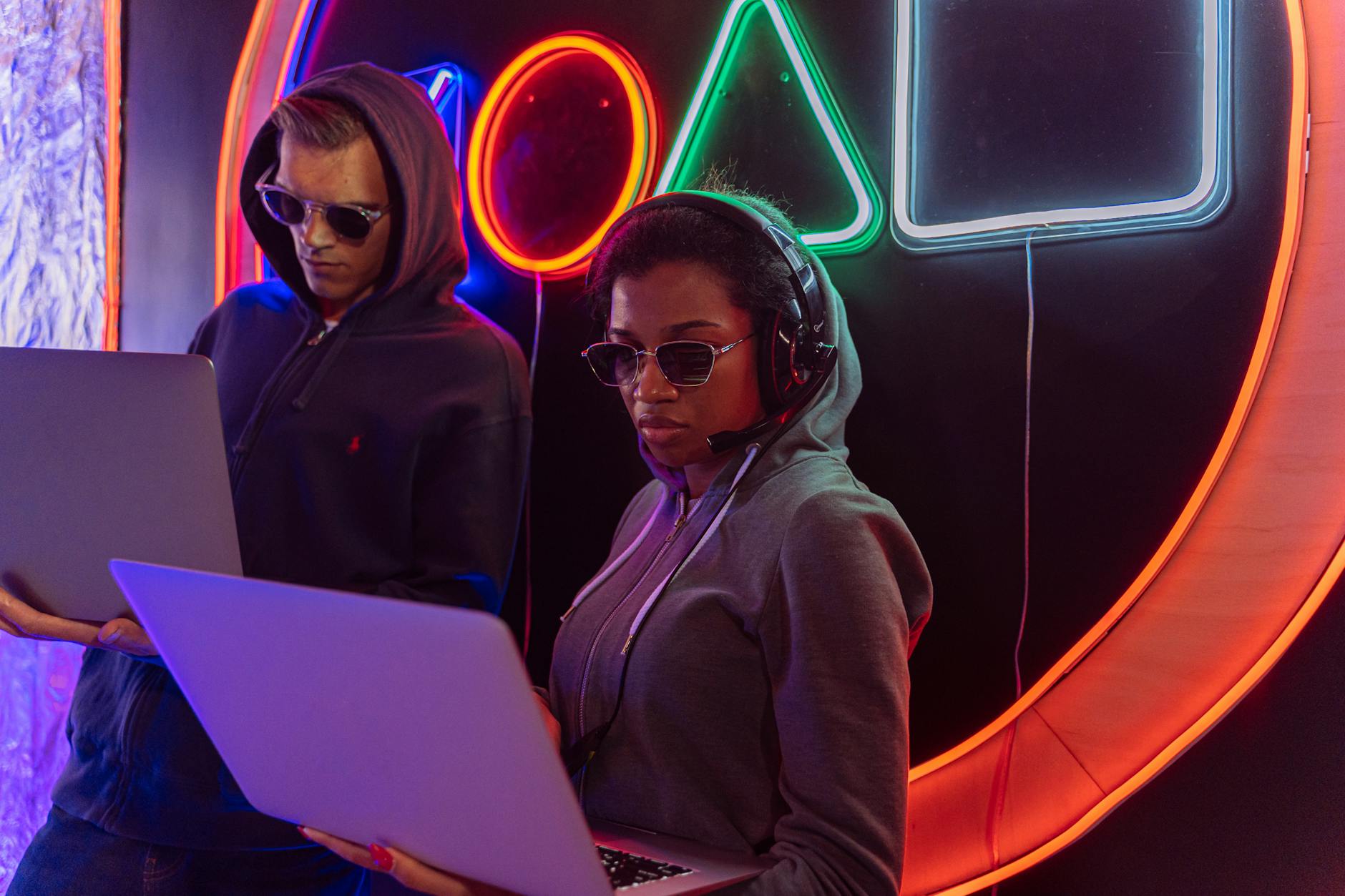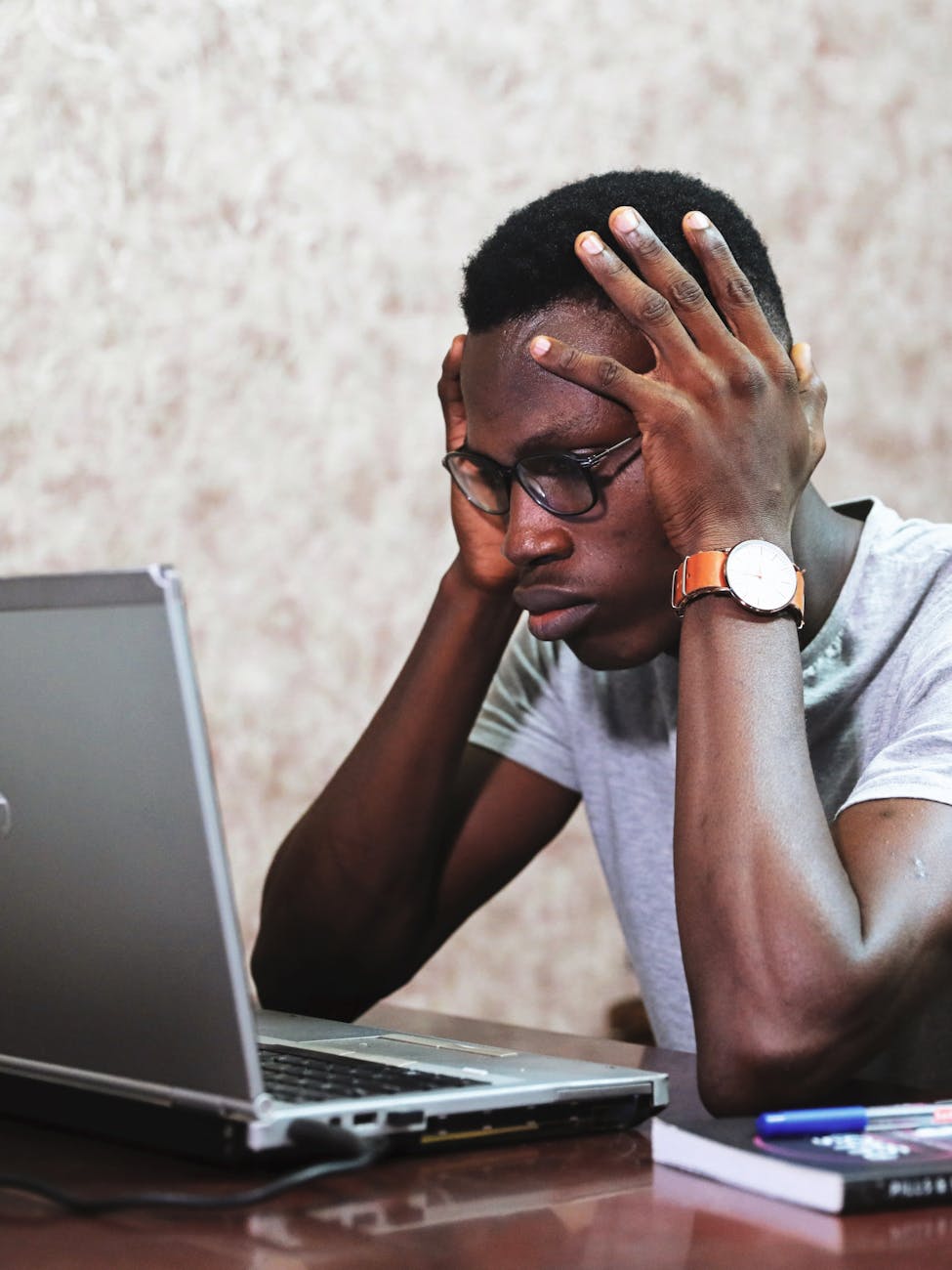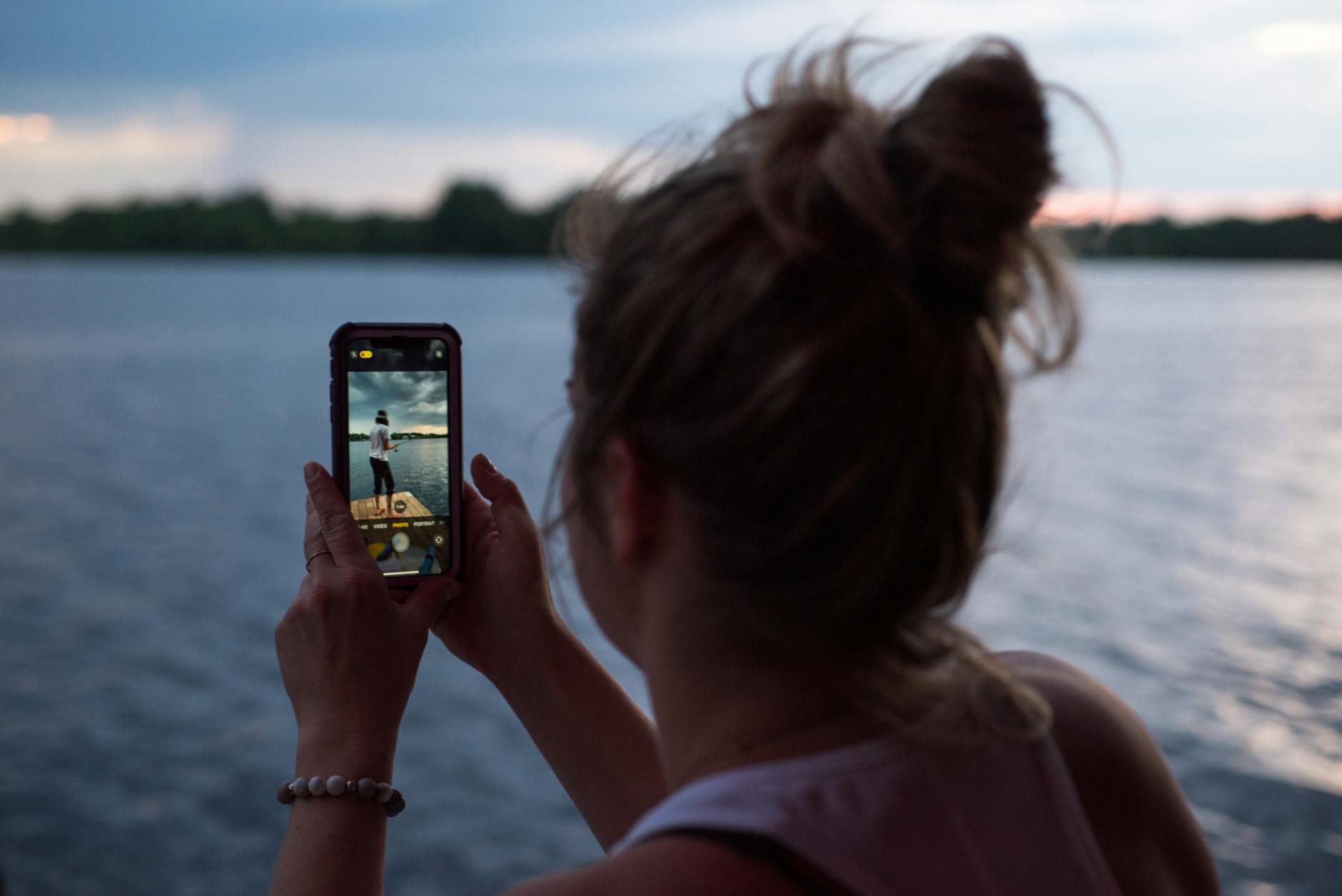Been getting excited about using the Canon 5D Mark II as a professional quality video camera. Need some add-ons as there is no electronic viewfinder and the screen is way too washed out and hard to see as well as the fact that it won’t focus while shooting, so you have to focus manually. But sites like Cinema5D are so inspiring as are the videos being shot professionally now. And some great guides. Although all of this is so complicated maybe getting an APS-sized dedicated camcorder like the Sony NEX VG-10 is easier and cheaper.
And some great tips including basic setup and getting basic equipment (a loupe so you can actually see the screen and some sort of gorilla shooter rig so you can handhold the thing):
- The first thing you should do when switching your DSLR from still to movie mode is to make sure the Sharpness setting is turned all the way down. This won’t come close to eliminating aliasing under all conditions but it should reduce your camera’s problems. You need to reduce sharpness because to get from 21MP to the 5MP of an HD image, the camera skips scan lines, so you get artifacts when the camera sharpens. Its a good reason to use the custom settings of your Canon 🙂 And also you need to turn contrast all the way down as movies don’t like lots of it. You can also download custom picture styles which do this for you like ultraflat.
- Because large CMOS sensors scan top-to-bottom instead of all at once like CCDs, fast movements and pans can cause the image to appear to wobble, so pan slowly.
- DSLR’s operating temperature rises to the point where the camera either shuts down automatically, or the image becomes noisier due to the excess heat. This generally happens after several minutes of continuous shooting; so shoot only a bit at a time.
- Use quality CF cards. He says the Kingston Elite Pro 32 GB 133x cards, which offer a great price/performance ratio. is a value leader
- Get a DSLR rig which is bulky but makes the camera stable which is good and really necessary for video because you can’t just snug it up to your eye and shoot like with stills. Redrock Micro, Zacuto, Cavision, and Cinevate make the high end ones that can cost more than the camera! DVTec has a well rated one and the Vocas did very well but is incredibly expensive. Fig Rig is a simple one. Another basic one is the Zacuto Target Shooter for about $500 is less obstrusive.
- Variable neutral density filters because you have to film at a set shutter speed of 1/40 is you are shooting 24 frames per second or 1/60 if you are shooting at 30 frames per second. You also want to shoot relatively narrow depth of field for many things, so f/5.6. This means at wide open with a slow shutter speed, in normal daylight, everything is going to get overexposed. The solution is a 2-8 EV neutral density filter. The expensive one is a $500 Singh-Ray Vari-ND or you can get a $100 Fader ND Mark II by Light Craft Workshop
- And you need a loupe so that you can actually see the LCD from The Zacuto Z-Finder for $400 is the ultra premium and the LCDVF at $180 is the budget but high quality mainly lacking diopter correction are both quality view finders. And without anti-fog, the Z-Finder Jr doesn’t seem like a good buy
- Finally a follow focus which makes the focus very long throw so you can make minute adjustments as manual focus is all you have with the current generation of cameras. And you use the loupes to magnify so you can see the screen. Or if you have $1500, you can get a Redrock micro Focus which uses an iPhone to do the focus work as a touchscreen. Wow!
- Then for editing, you either use iMovie which is slow or bite the bullet and spend $800 for Final Cut Pro. Ugh!




